Best Night Sky Events of November 2015 (Stargazing Maps)
Last Quarter Moon, November 2015
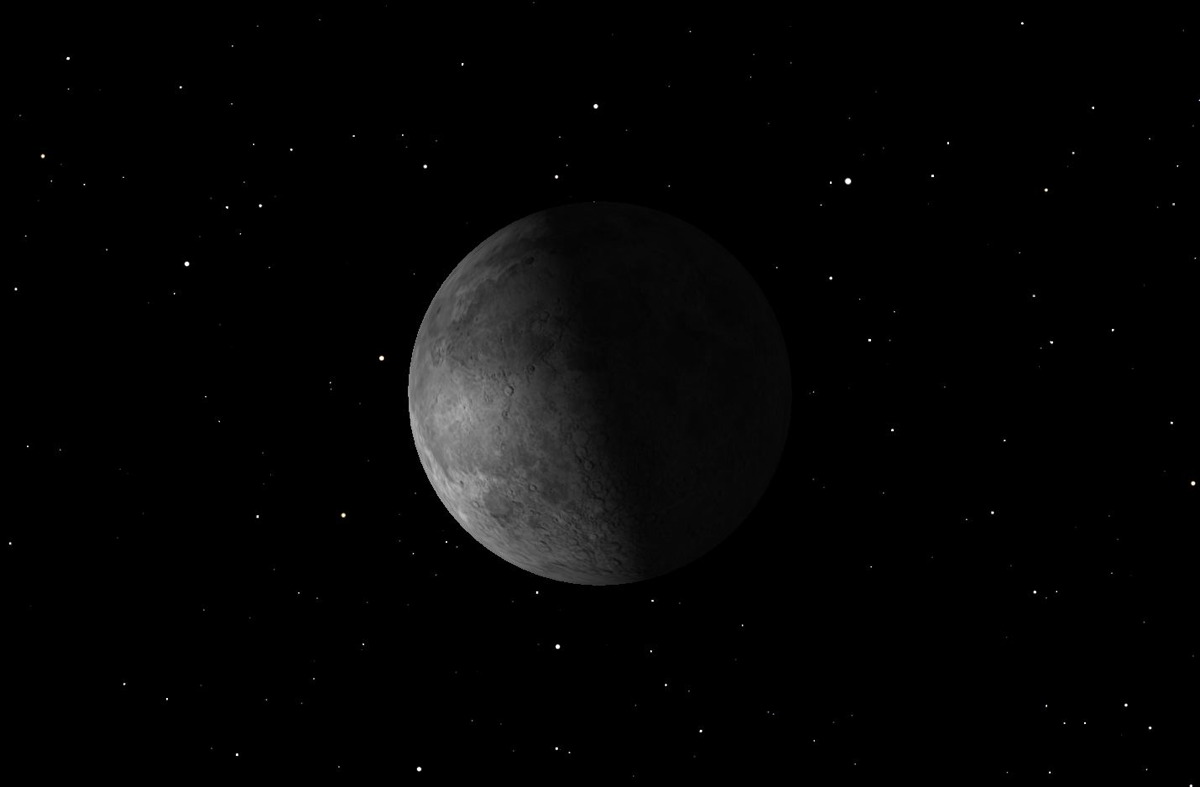
Tuesday, Nov. 3, 7:24 a.m. EST. The Last Quarter Moon rises around 11 p.m. and sets around 1 p.m. It is most easily seen just after sunrise in the southern sky.
Venus and Mars, November 2015
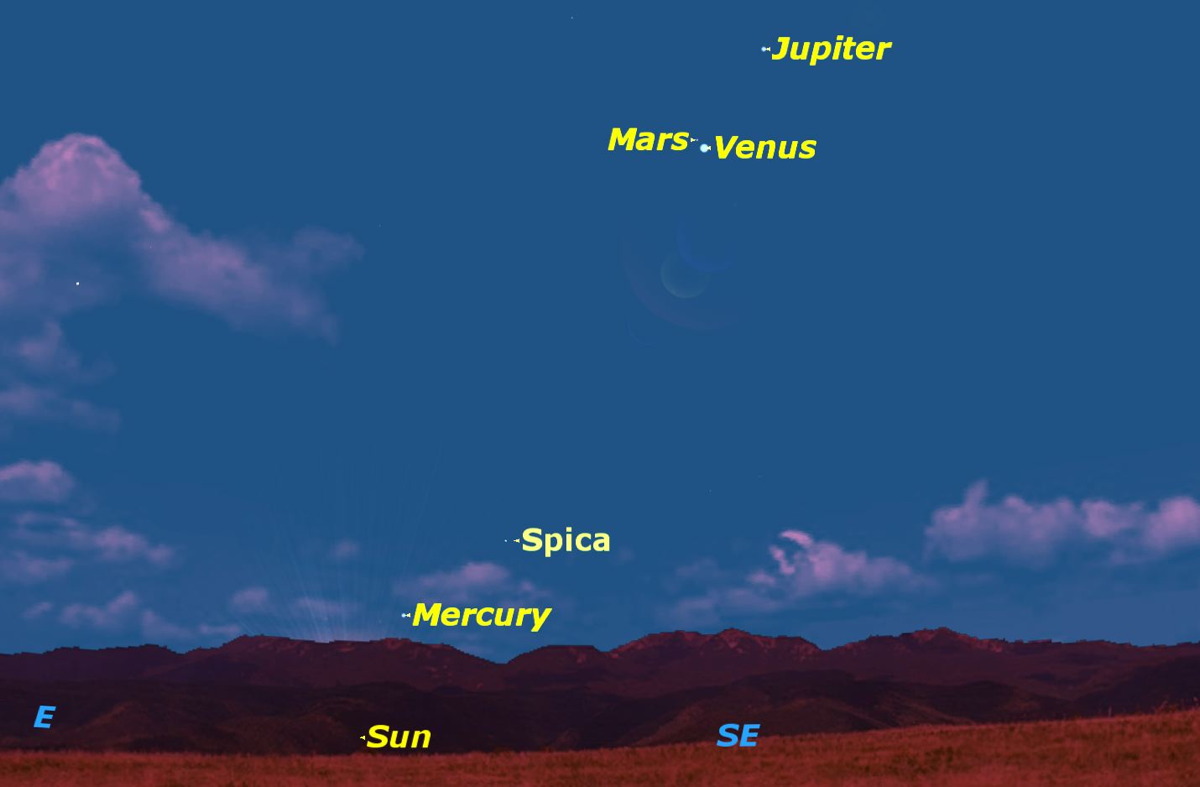
Tuesday, Nov. 3, dawn. Venus and Mars are less than a degree apart, with Jupiter nearby. Venus is by far the brightest of the three, with Mars a tiny red dot just above brilliant white Venus.
Jupiter and the Moon, November 2015
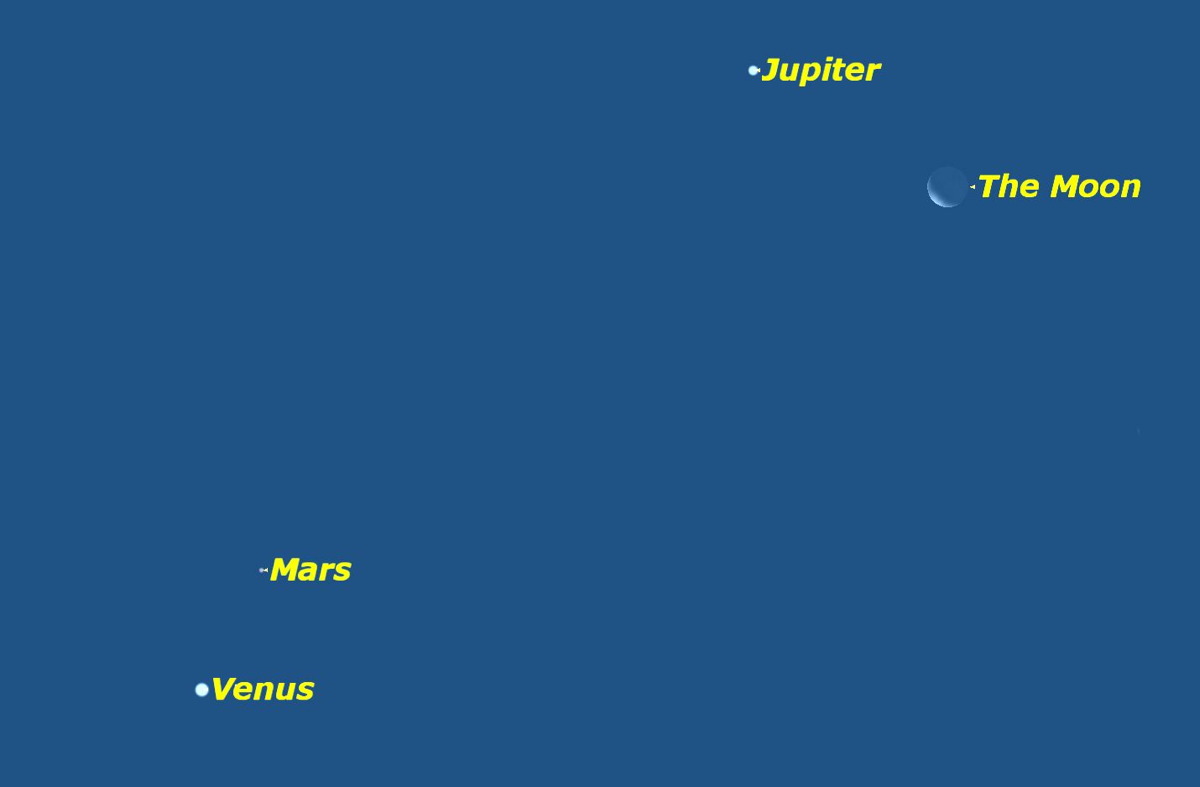
Friday, Nov. 6, dawn. Jupiter will be 2 degrees north of the moon, with Mars and Venus nearby.
Venus and the Moon, November 2015
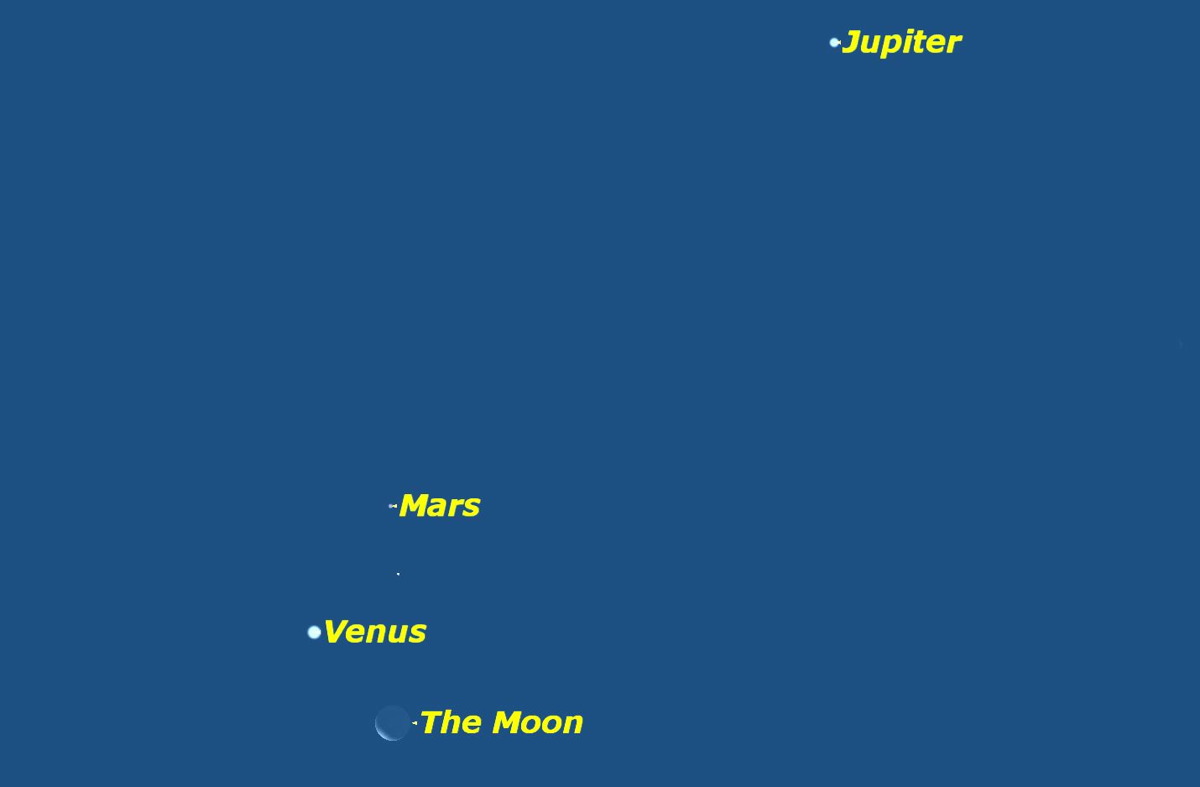
Saturday, Nov. 7, dawn. Venus will be 1.2 degrees north of the moon, with Mars and Jupiter nearby.
New Moon, November 2015

Wednesday, Nov. 11, 12:47 p.m. EST. The moon is not visible on the date of New Moon because it is too close to the sun, but can be seen low in the east as a narrow crescent a morning or two before, just before sunrise. It is visible low in the west an evening or two after New Moon.
Leonid Meteors, November 2015
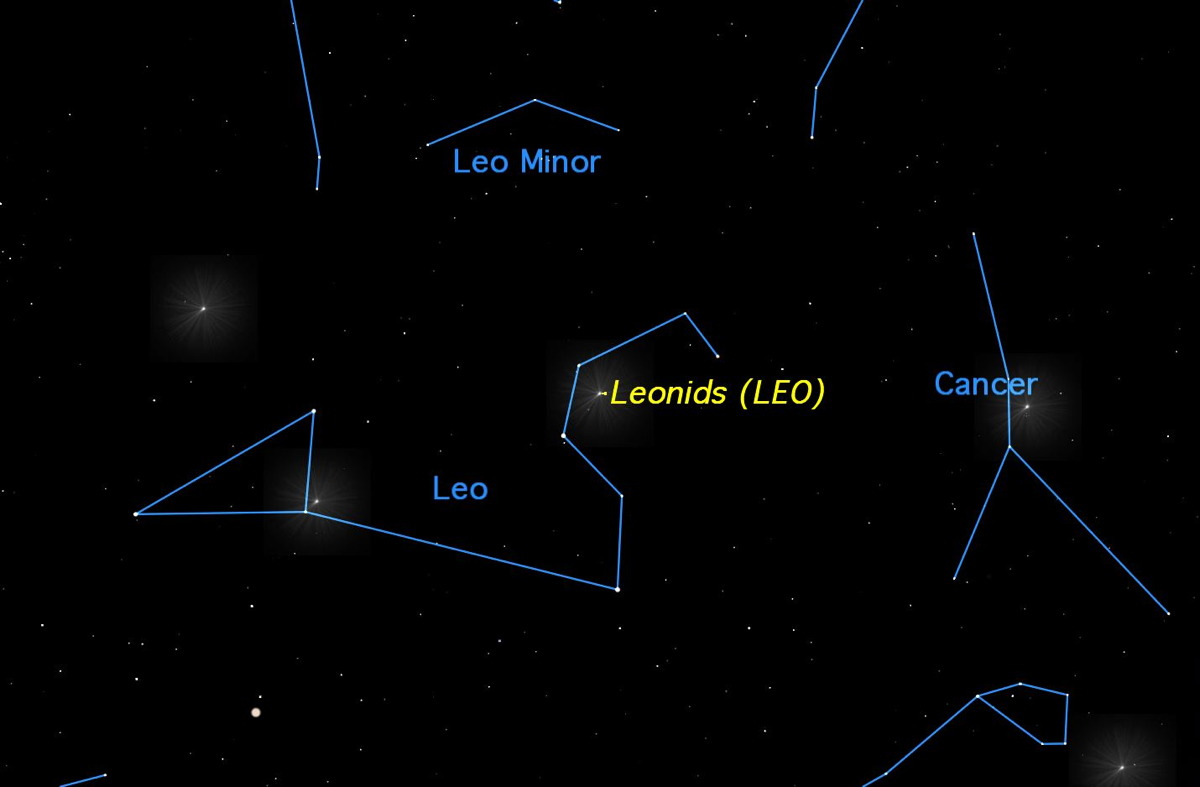
Wednesday, Nov. 18, midnight to dawn. Although not predicted to be active this year, this shower has often performed well in the past, and is worth a look.
First Quarter Moon, November 2015
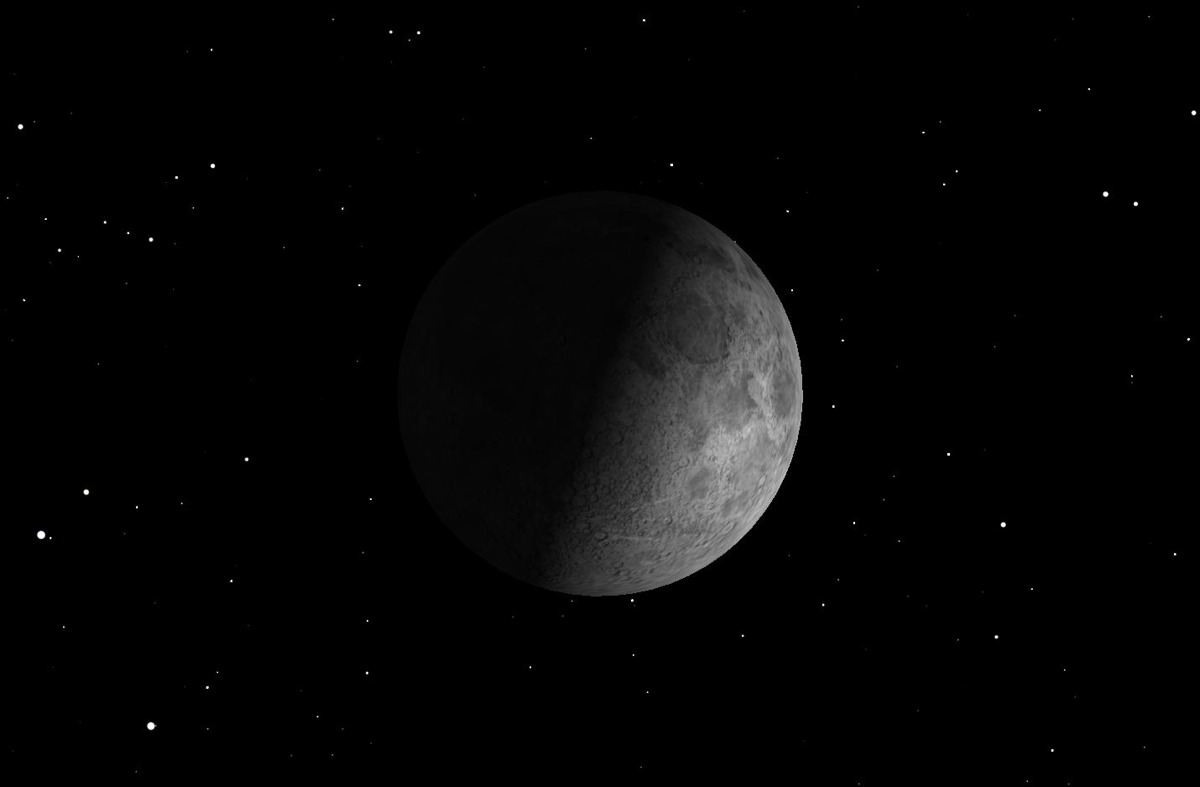
Thursday, Nov. 19, 1:27 a.m. EST. The First Quarter Moon rises around 12:30 p.m. and sets around 11:30 p.m. It dominates the evening sky.
Get the Space.com Newsletter
Breaking space news, the latest updates on rocket launches, skywatching events and more!
Full Moon, November 2015
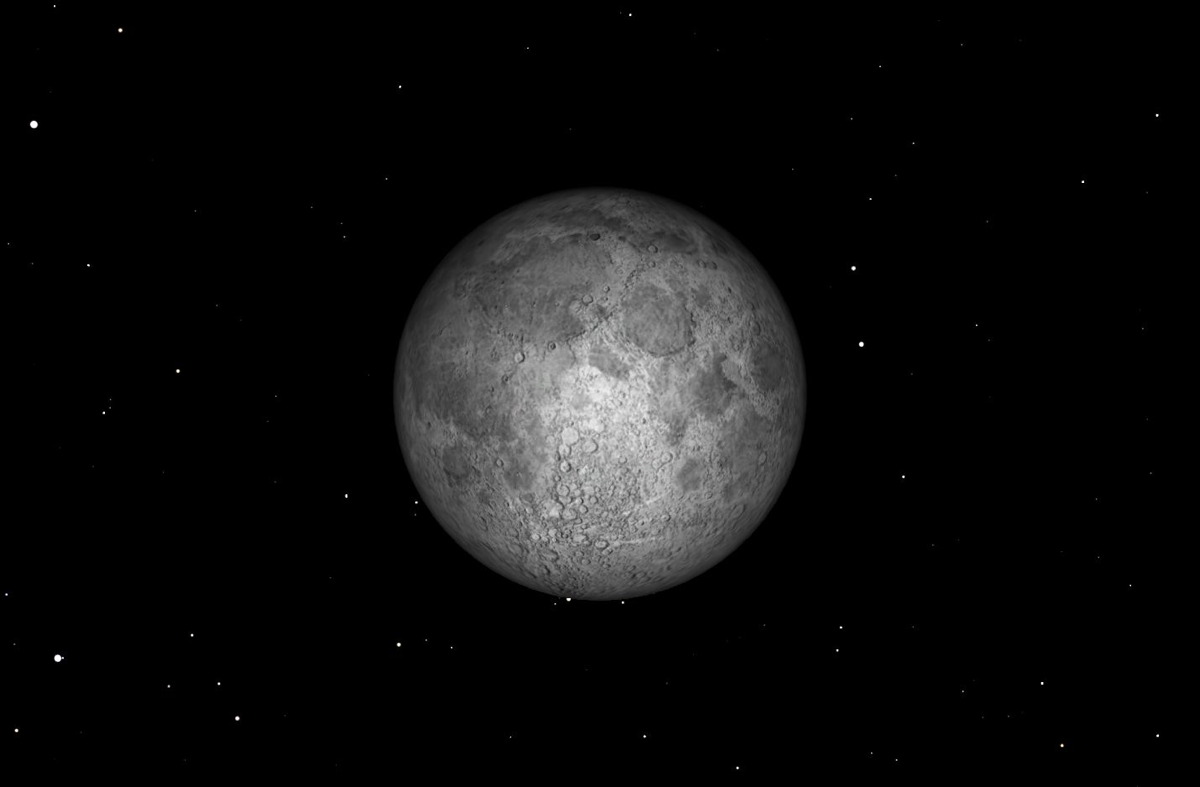
Wednesday, Nov. 25, 5:44 p.m. EST. The November Full Moon is known as the Beaver Moon or Frosty Moon. It rises around sunset and sets around sunrise; this is the only night in the month when the moon is in the sky all night long. The rest of the month, the moon spends at least some time in the daytime sky.
Occultation of Aldebaran, November 2015
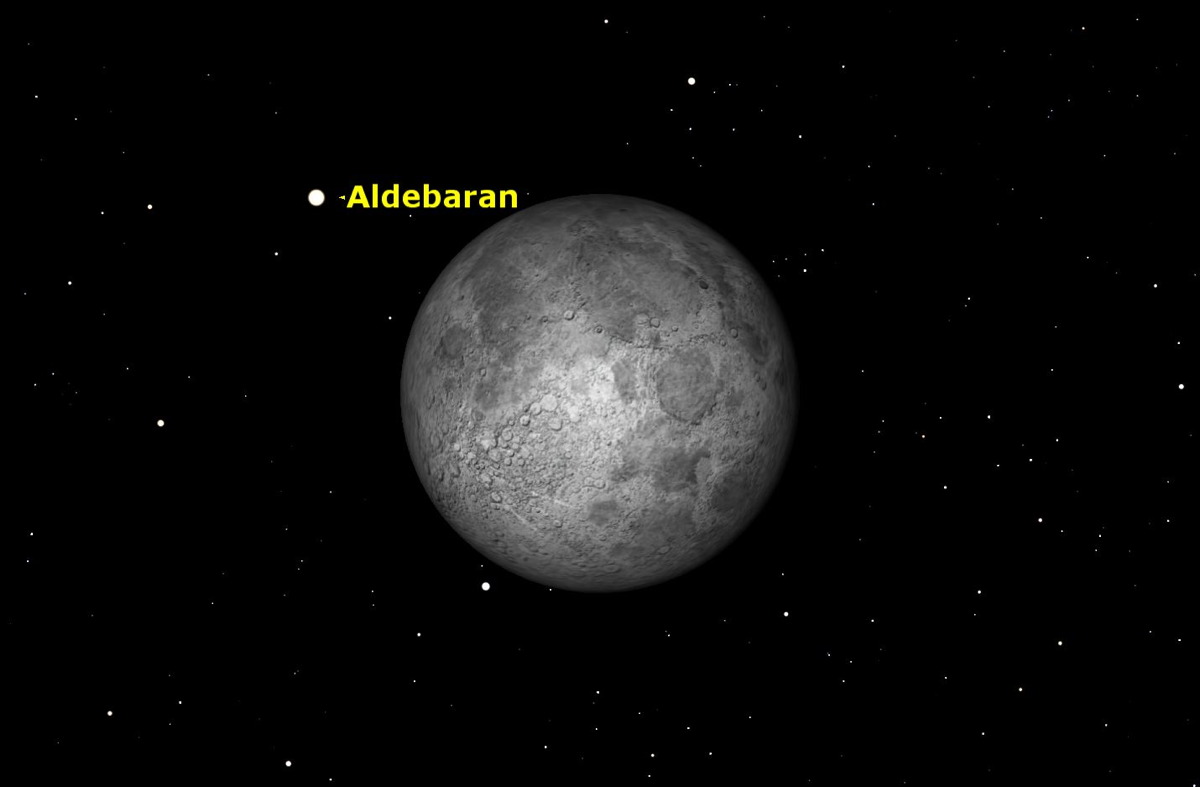
Thursday, Nov. 26, before sunrise. For observers in Canada and the northern USA, the moon will pass in front of the bright red giant star Aldebaran in Taurus. The exact times of disappearance and reappearance will vary depending on your location. A program like Starry Night will give you the exact times for your location.
Mercury, November 2015
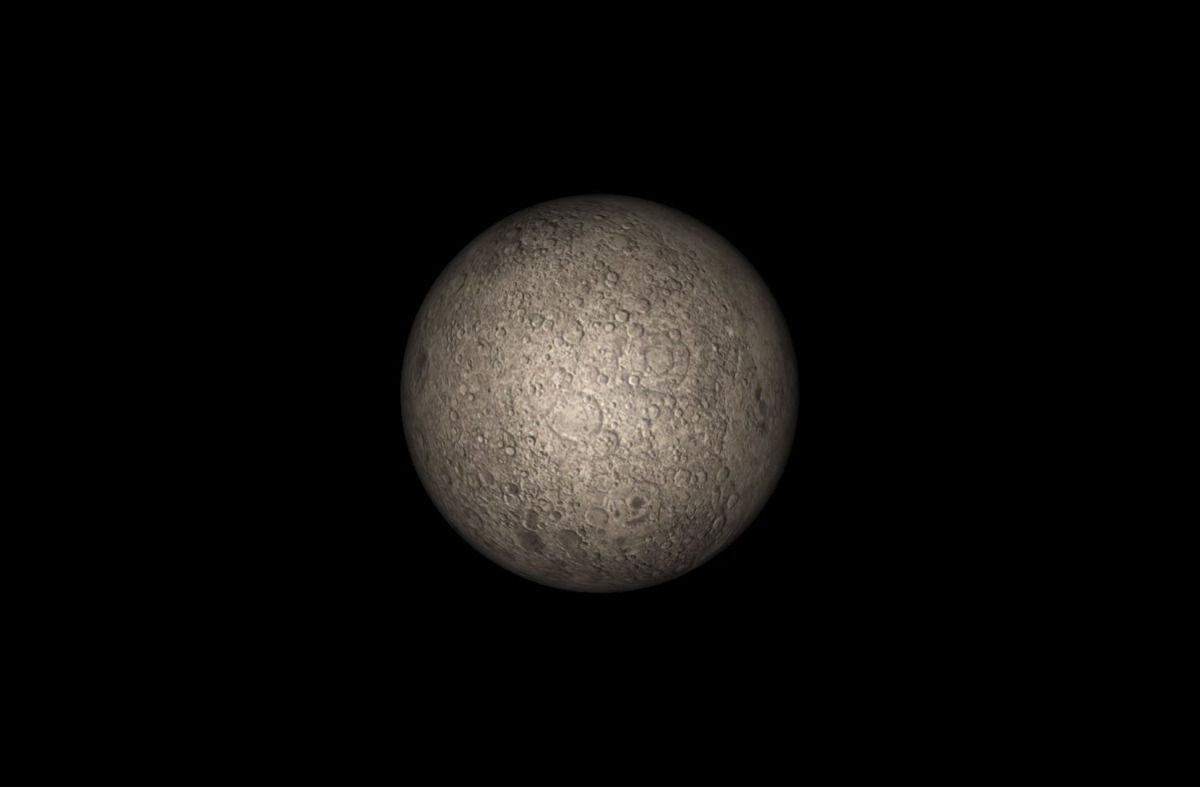
Mercury is too close to the sun to be observed this month.
Venus, November 2015
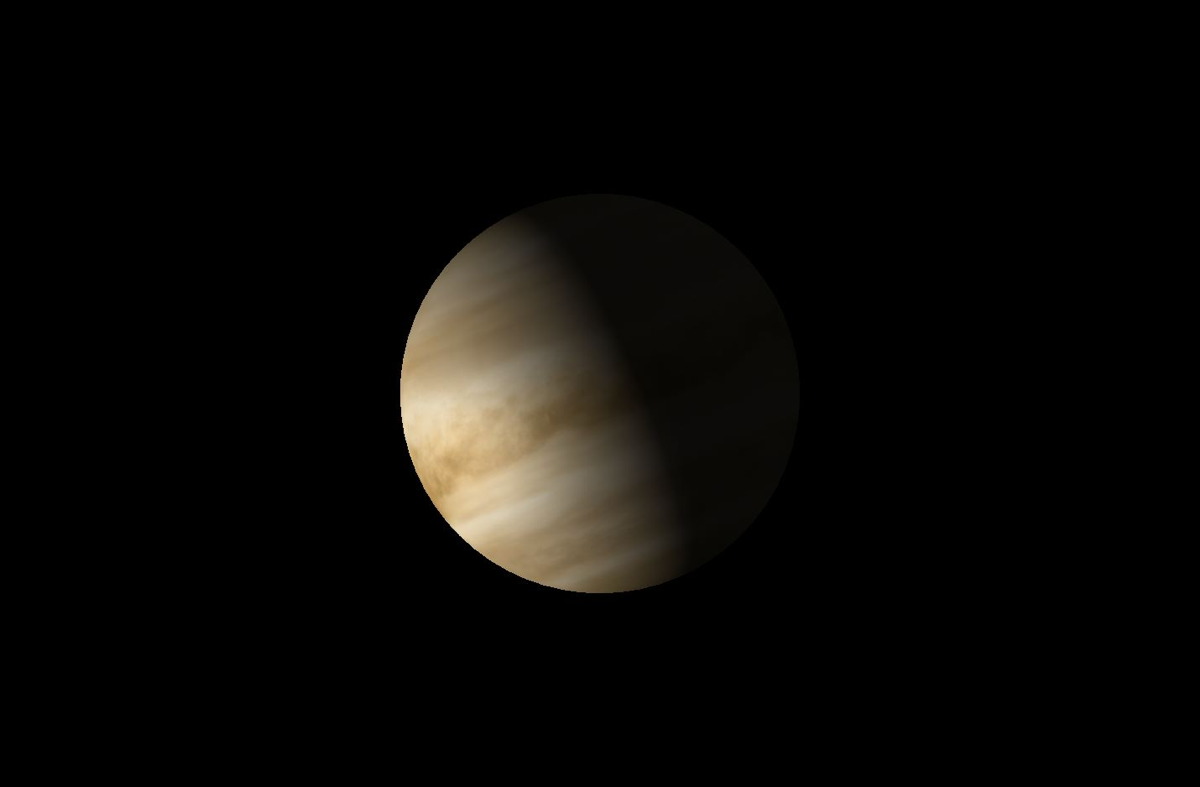
Venus continues to shine brightly at dawn all month.
Join our Space Forums to keep talking space on the latest missions, night sky and more! And if you have a news tip, correction or comment, let us know at: community@space.com.

Geoff Gaherty was Space.com's Night Sky columnist and in partnership with Starry Night software and a dedicated amateur astronomer who sought to share the wonders of the night sky with the world. Based in Canada, Geoff studied mathematics and physics at McGill University and earned a Ph.D. in anthropology from the University of Toronto, all while pursuing a passion for the night sky and serving as an astronomy communicator. He credited a partial solar eclipse observed in 1946 (at age 5) and his 1957 sighting of the Comet Arend-Roland as a teenager for sparking his interest in amateur astronomy. In 2008, Geoff won the Chant Medal from the Royal Astronomical Society of Canada, an award given to a Canadian amateur astronomer in recognition of their lifetime achievements. Sadly, Geoff passed away July 7, 2016 due to complications from a kidney transplant, but his legacy continues at Starry Night.









